In this newsletter, we are going back to the physical realm of exercise. Given that most of us have very little equipment at home and are sitting more than we care to admit, here are three stretches you can do at home to keep you limber.
The Modified Child's Pose
This stretch was recommended to me by my physio during my neck and lower back rehab this winter. The modified child's pose opens up our lats (the big wing-like muscles on our backs), which helps create extension and mobility in our thoracic spine. (The segment of spine attached to our rib cage). This part of our body quickly becomes rounded, stiff and rigid the longer we sit.
The benefits of this exercise include
reducing tension in the back and neck
improving thoracic mobility
improved shoulder mobility
How To Do The Modified Child's Pose Stretch
Coaching tips
Find a comfortable position for your knees and hips far enough away from a sofa or coffee table with your wrists on the sofa/ table.
Once in place, sink your chest and head gently towards the floor. The stretch should be gentle and not painful, particularly on the shoulders.
Focus on breathing through the nose and out through the mouth, allowing the tummy and rib cage to fill up as needed.
Hold the stretch for 30-45 seconds or 6-8 slow breaths.
Move onto the next stretches and perform this 2-3 times. The second and third round will feel more impactful than the first.
The Bretzel
The Functional Movement Screen popularized it. A full-body stretch we can do on the floor. I'd recommend having yoga blocks or pillows to support your knee and head.
The benefits of this stretch
Improved thigh and hip mobility
Improved thoracic mobility
Nice stretch for the lower back
How To Perform The Bretzel Stretch
Coaching Tips
Make sure you have a pillow under your head and one to support your knee.
Lie on your side with your top leg at 90 degrees, resting on the pillow.
Bend your trailing leg's foot, and either using your hand, a towel/ stretching strap, pull the "laces" part of your foot towards your bum until you get a gentle stretch. You can do this with palms up or palms down grip depending on preference.
Inhale through the nose and as you exhale, rotate your head and shoulder towards the floor behind you.
Go only as far as comfortable and make sure your top knee stays on the floor throughout.
Follow the tips from the page linked for more detail on perfect execution.
The Pigeon Stretch
One of my favourite stretches due to how easy it is and the immediate relief it gives you. A very popular yoga exercise as well as a cool-down exercise for many sports.
The benefits of the pigeon stretch:
Good stretch for the glutes/ hips
Used in conjunction with the other stretches is excellent for keeping lower back pain at bay.
How To Perform The Pigeon Stretch.
Coaching tips
Use a pillow/ yoga block to place next under the hands/ glutes to maintain an upright optimal posture.
Fold one knee under you and leave the trailing leg "long". Try to keep your hips square/ facing forward. (This will vary depending on how stiff you are).
Aim to get the knee as close to 90 degrees or just beyond to get the best stretch. Be mindful of placing too much emphasis on bending the knee, causing any discomfort. The target area is the glute.
Play around and feel what is best for you regarding knee position.
Stick your bottom out and try to be as upright as possible during the stretch. When you feel ready, bring your belly button gently down towards the front knee and slowly back.
Stretch for 30-45 seconds or 6-8 deeps breaths per side.
Yours in health.
Patrick

